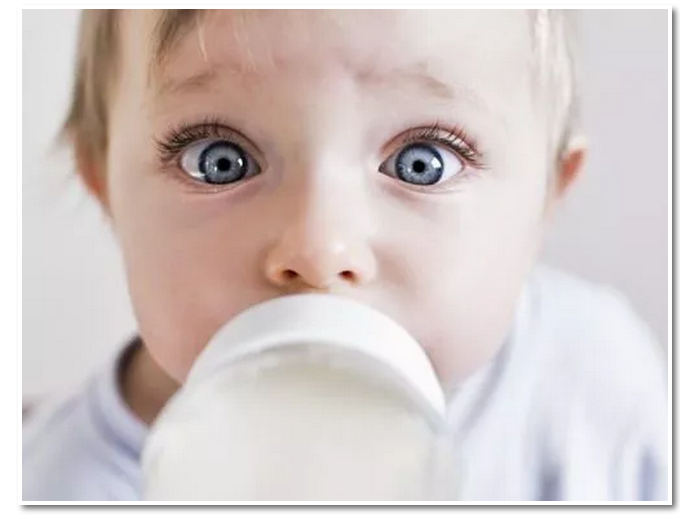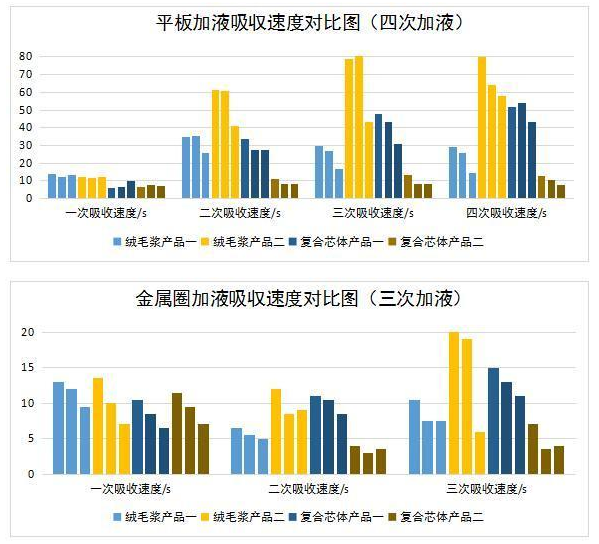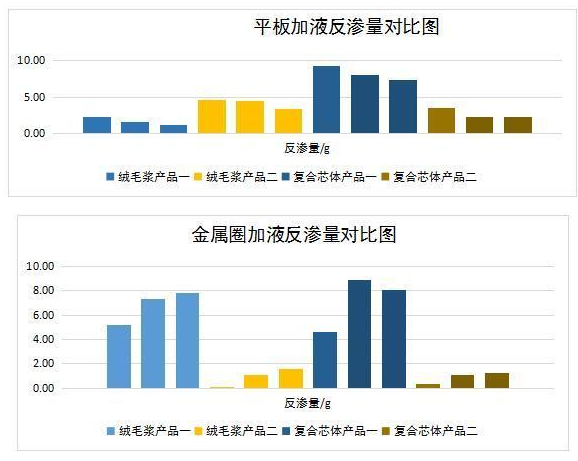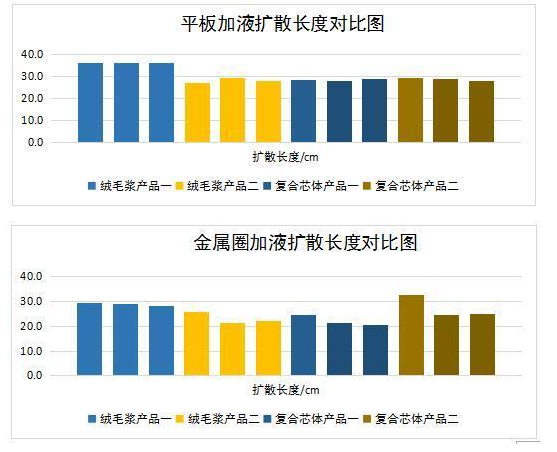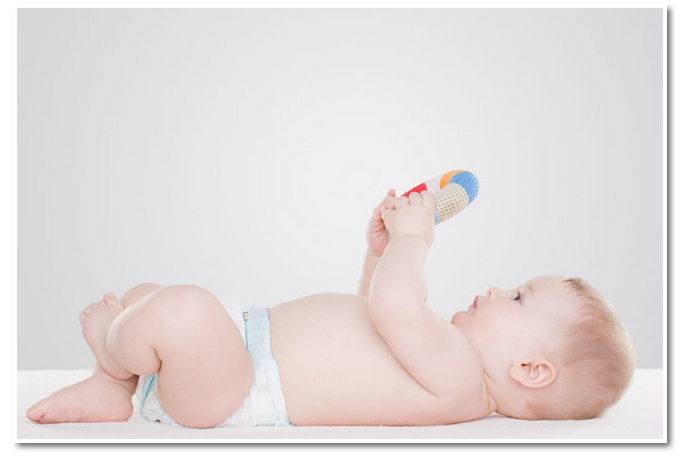|
|
What are the effects of different brine temperatures on the test results of diapers?There are many brands in the diaper market, and the detection methods for diapers are also varied. Most of the detection methods use 0.9% saline, but the brine temperature is not the same. So the impact of the temperature of the brine on the diaper test results, Nuoer Biological Laboratory conducted a series of experiments on this issue.
Nuoer Biolab selected two fluff pulp diapers and two composite core diapers for the study of the effect of salt water temperature on diaper test results. The test methods selected for this experiment were Nuoer's four-time addition method (plate addition) and Nuoer's tide method (metal ring addition). In the test results, the absorption speed, diffusion length and back bleed of the diaper were all It is reflected that the selected physiological saline temperatures are 15 Ёу C, 25 Ёу C, and 37 Ёу C, respectively. The test results are shown below: (each color represents a diaper, the brine temperature is 15 Ёу C, 25 Ёу C, 37 Ёу C from left to right) Absorption speed
Reverse osmosis
Diffusion length
to sum up Through experiments, we can see that 1. Absorption speed: The absorption rate of the diaper will gradually increase with the increase of the brine temperature. 2. The amount of reverse osmosis: the amount of reverse osmosis of the plate adding liquid gradually decreases with the increase of the temperature of the brine, and the liquid addition of the metal ring gradually increases with the increase of the temperature. 3. Diffusion length: The diffusion length of the flat plate dosing solution is not affected by the change of the brine temperature. The diffusion length of the metal ring dosing liquid will be longer than 25 ЁуC and 37 ЁуC.
This shows that the effect of the temperature of the brine on the performance of the diaper is not a logical relationship, the performance indicators of different test methods will have different performance. The same sample will have different performances under different brine temperatures, different test methods and even different room temperature conditions, so it is very important to unify the experimental conditions when docking experimental data with customers.
Article classification:
Company News
|
